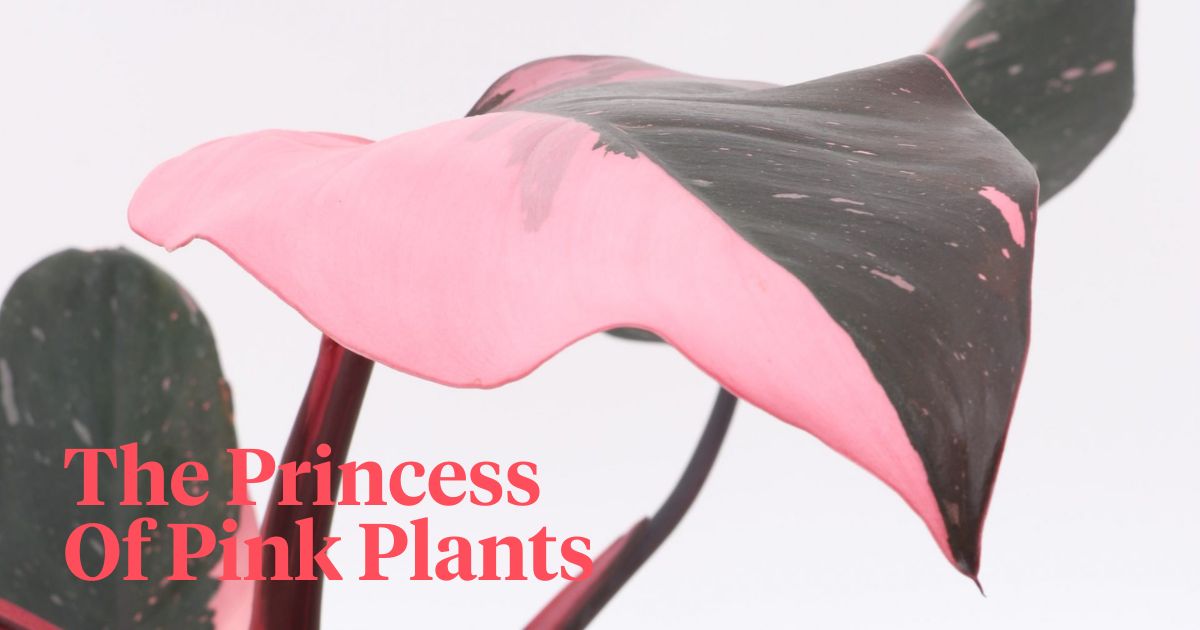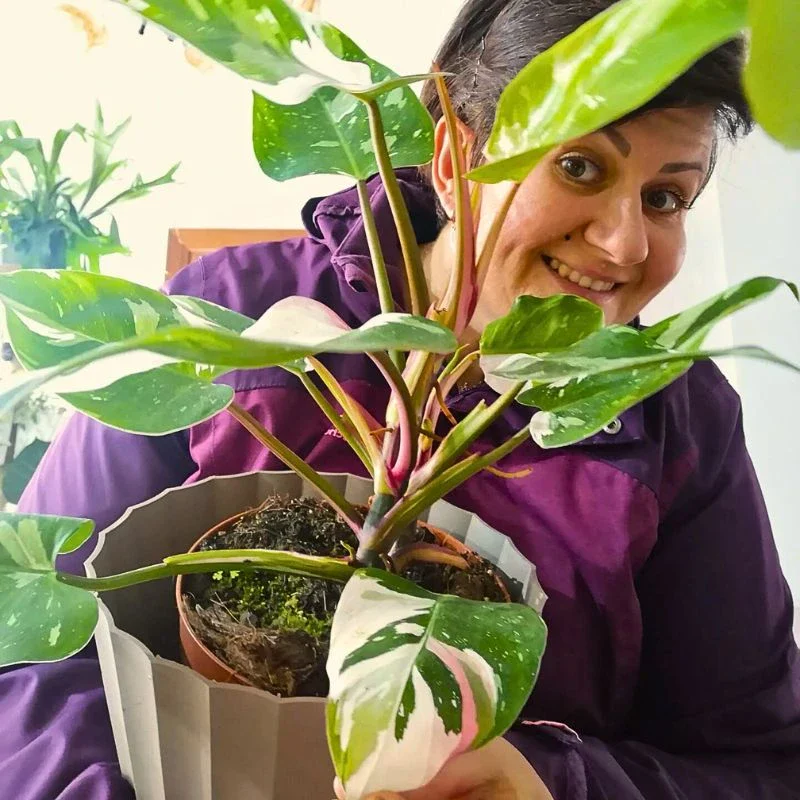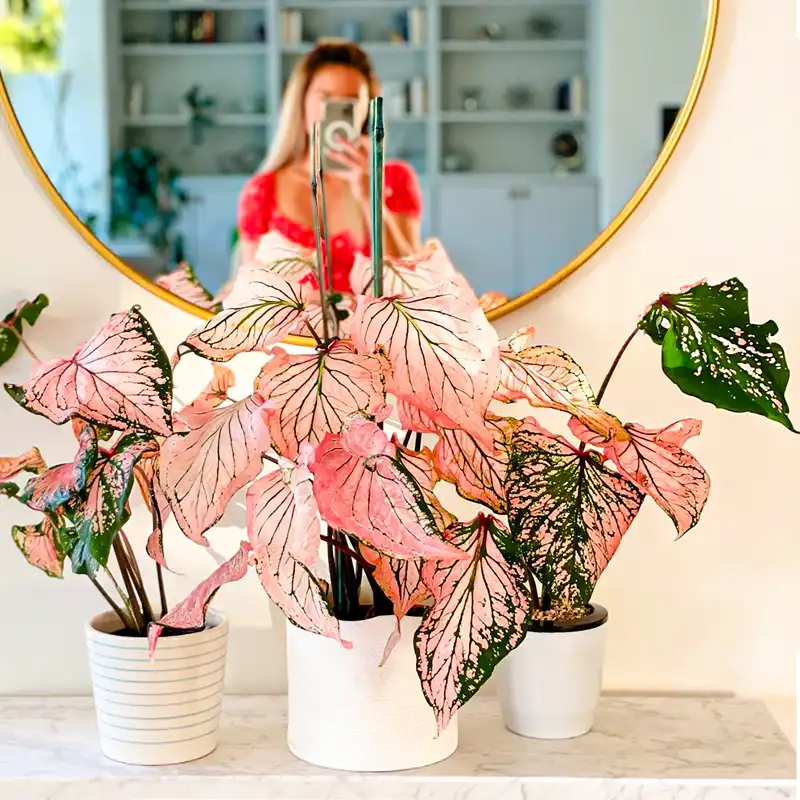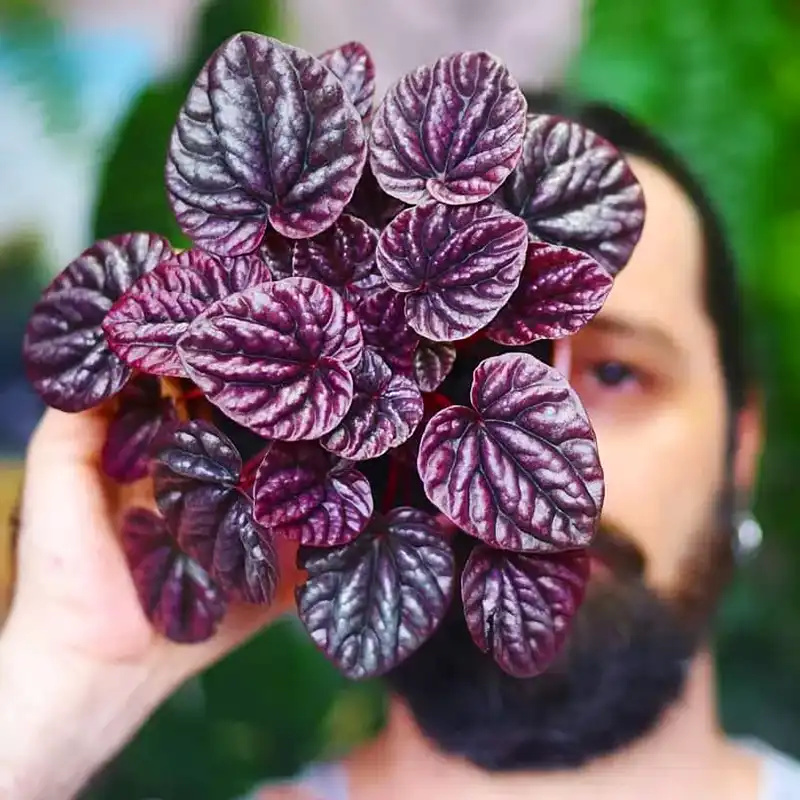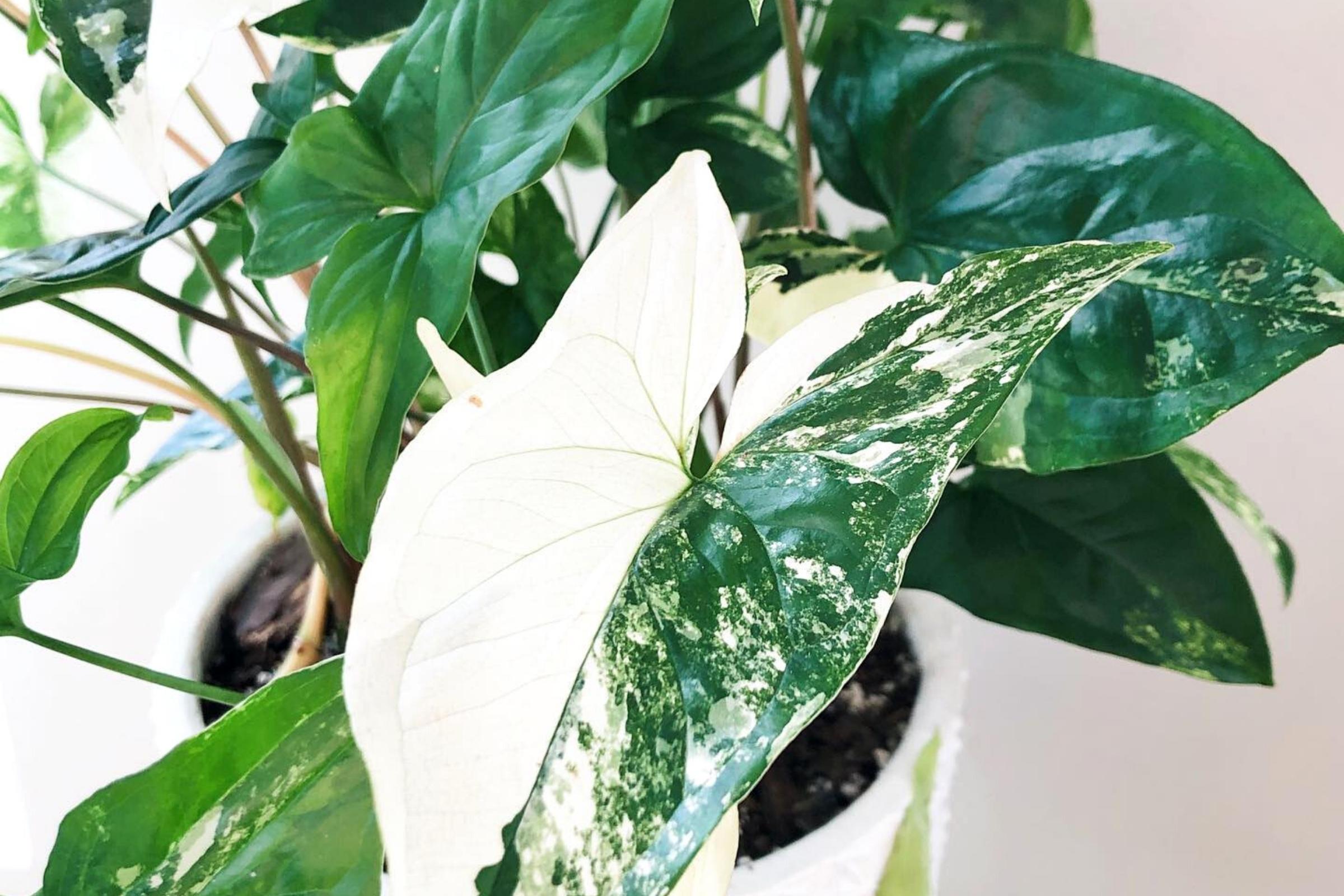Any philodendron lovers around? This time, this rare houseplant is here to surprise you big time. Pink Princess Philodendron is a houseplant that has caused astonishing first impressions due to its rare variegated pink color. However, you must know that getting their pink leaves is not easy, making the plant rare, and one of the most expensive but incredibly beautiful. Here's everything to know about her!
Pink Princess Philodendron Is the Queen of Pink Houseplants
It's confirmed! The Philodendron Pink Princess is slowly but surely conquering the hearts and blooming lives of many. It is rapidly climbing to become one of the favorite houseplants worldwide due to its incredible mix of green and pink colors along with the subtle variegation it embodies. Nowadays, plants have not only become a necessity but a healthy must-have to enhance the environment of your home.
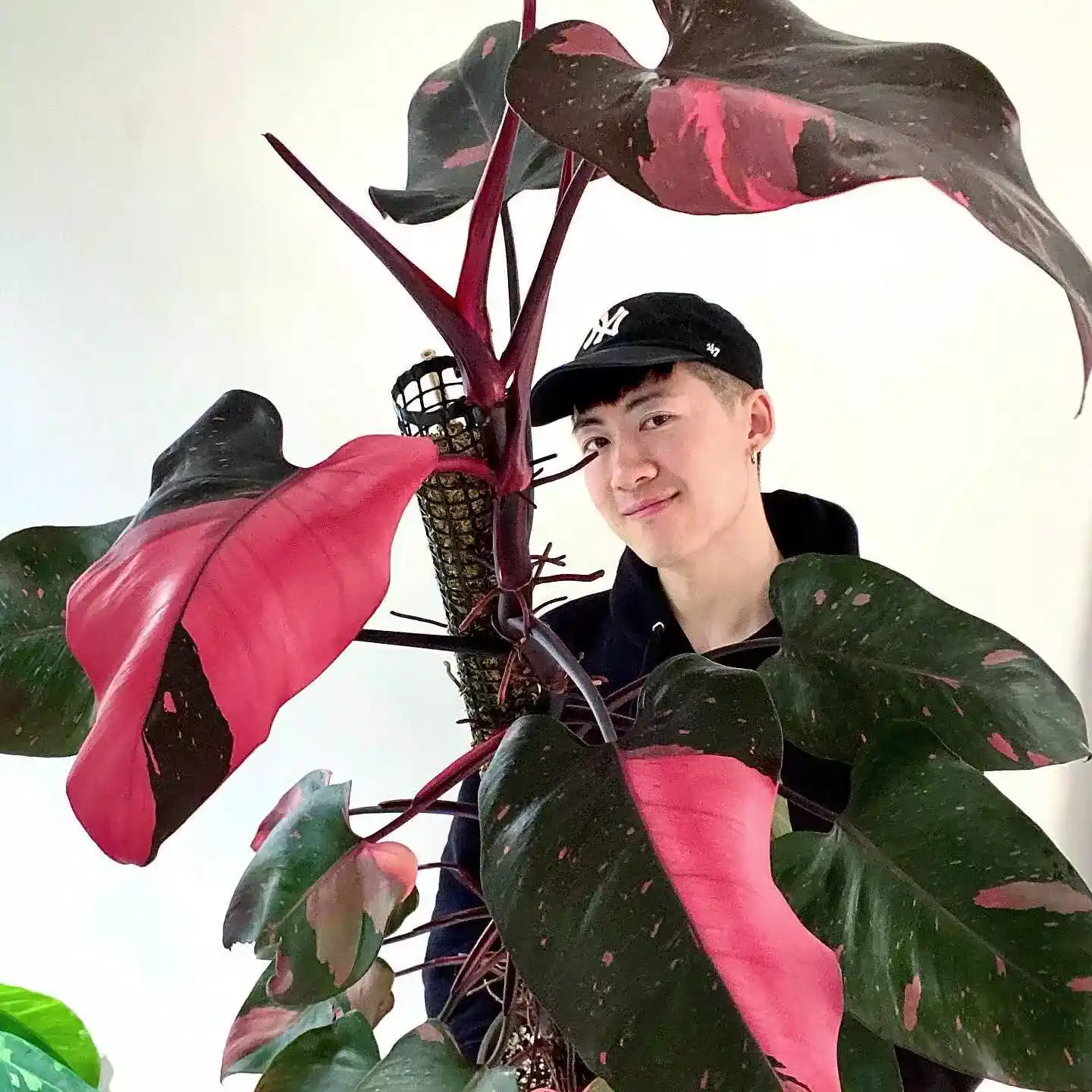
Research shows that houseplants increase our happiness and state of mind while boosting and activating the endorphins in our bodies. It is no surprise that one rare houseplant species that has caught plant fanatics' attention is the Philondredon Pink Princess. Want to know more about her? Keep scrolling!
Time to meet the aptly called Philodendron Pink Princess! And if you're into pink plants, you can also read the article: Pretty in Pink - 15 Pink Houseplants That Add a Pop of Color to expand your pink plant collection.
Pink Princess Is a Beautiful and Eccentric Houseplant
Pink Princess is considered a unique and rare variegated houseplant that thrives in a well-cared-for indoor environment. They are contemplated as stunning indoor plants since they frequently have a lot of pink dots and rare variegated leaves that are the main attention breaker and catcher.
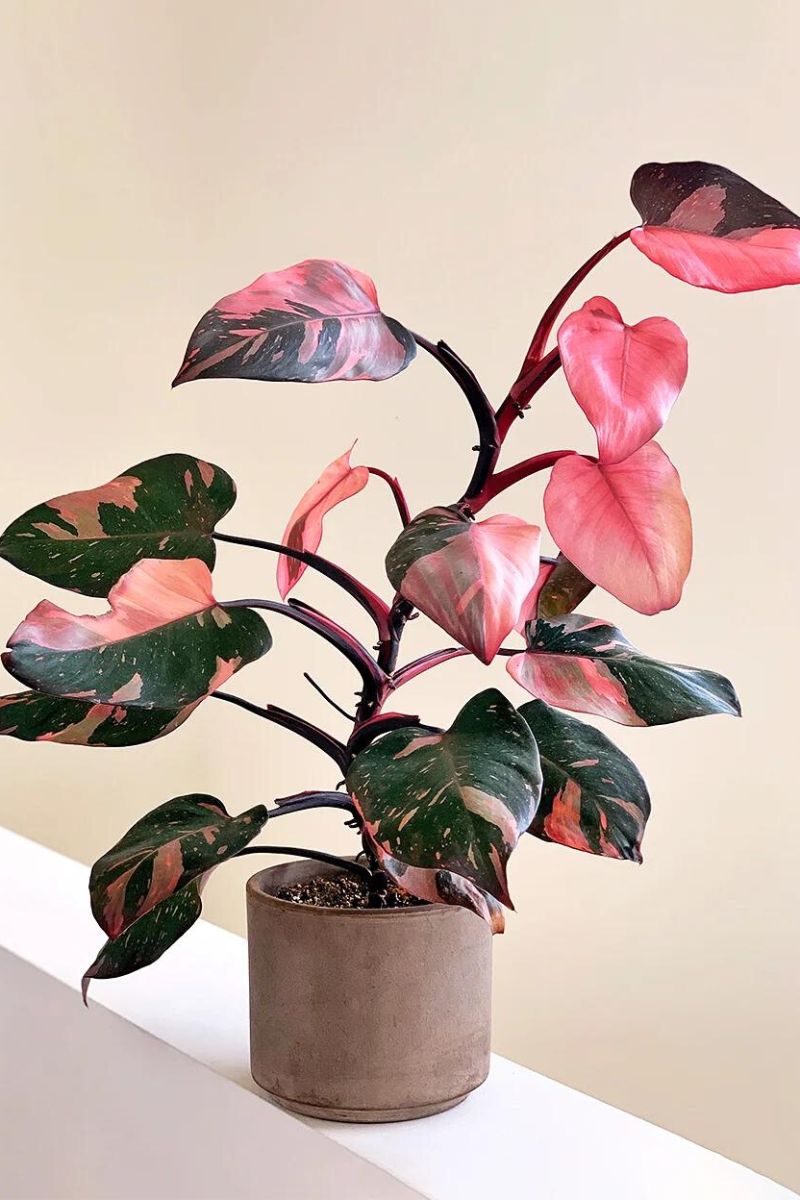
Characterized by deep green, heart-shaped leaves with bubblegum pink variegation, the Philodendron Pink Princess plant is truly unique and one-of-a-kind in the plant world. While it can be easily confused with the Philodendron Pink Congo, the variegation of the pink princess is stable as it occurs due to natural processes, whereas the pink congo variegation is a result of chemicals that are injected into the leaves, usually reverting back to green a couple of months after being purchased.
The Origin of the Philodendron Pink Princess (Philodendron Erubescens)
While Philodendron Erubescens is native to Central and South America, the true origin of the Philodendron Pink Princess variety remains a mystery. One of the main theories is that this houseplant is just a spontaneous mutation of Philodendron Erubescens. Such a strange houseplant, right?
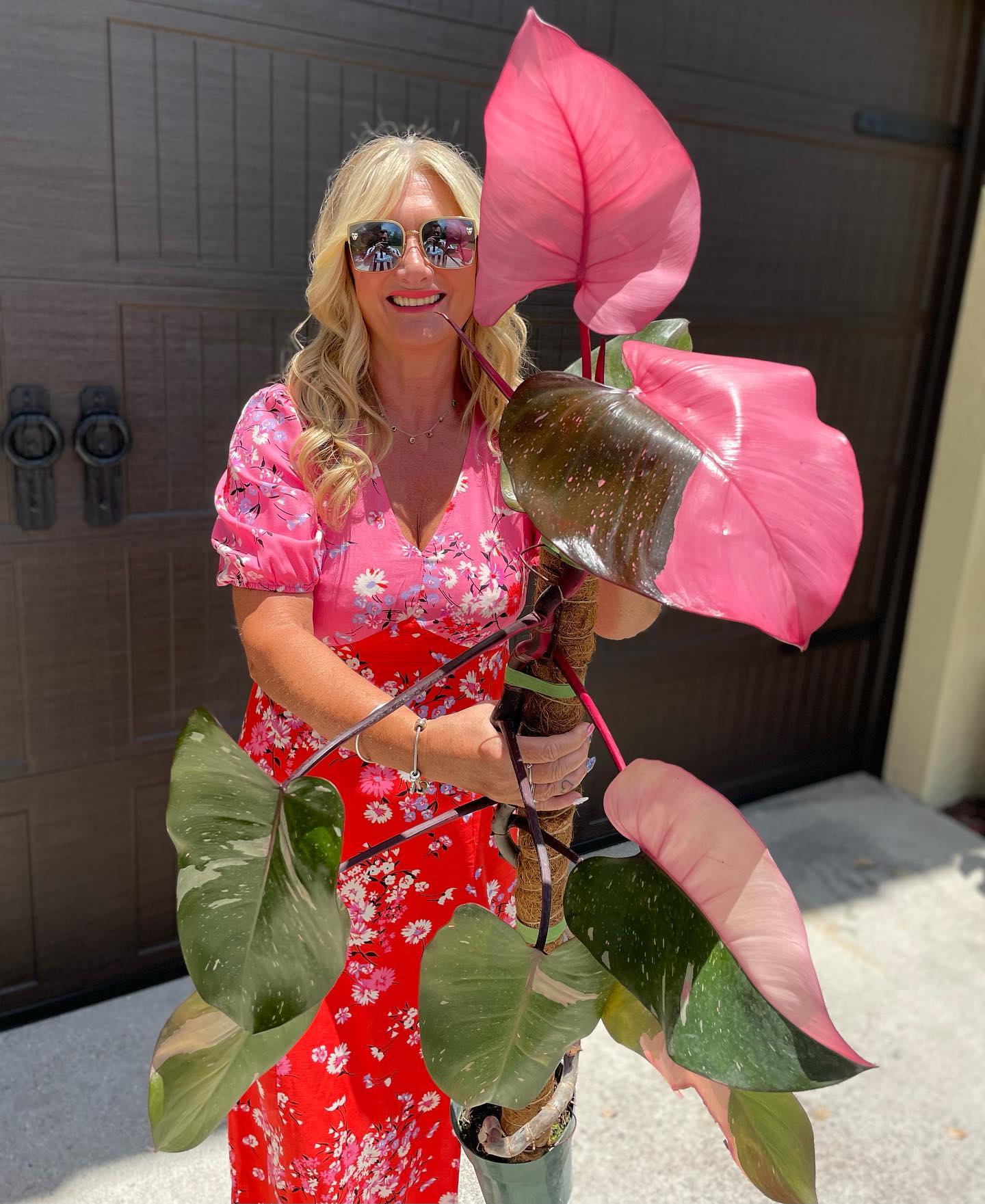
What Causes the Pink Leaf Color in This Philodendron?
With their seductive heart-shaped leaves and vivid pink streaks brought on by a lack of chlorophyll, it's not difficult to understand why Pink Princess is considered an unusual variegated houseplant that nowadays, many want to have as part of their home jungle.
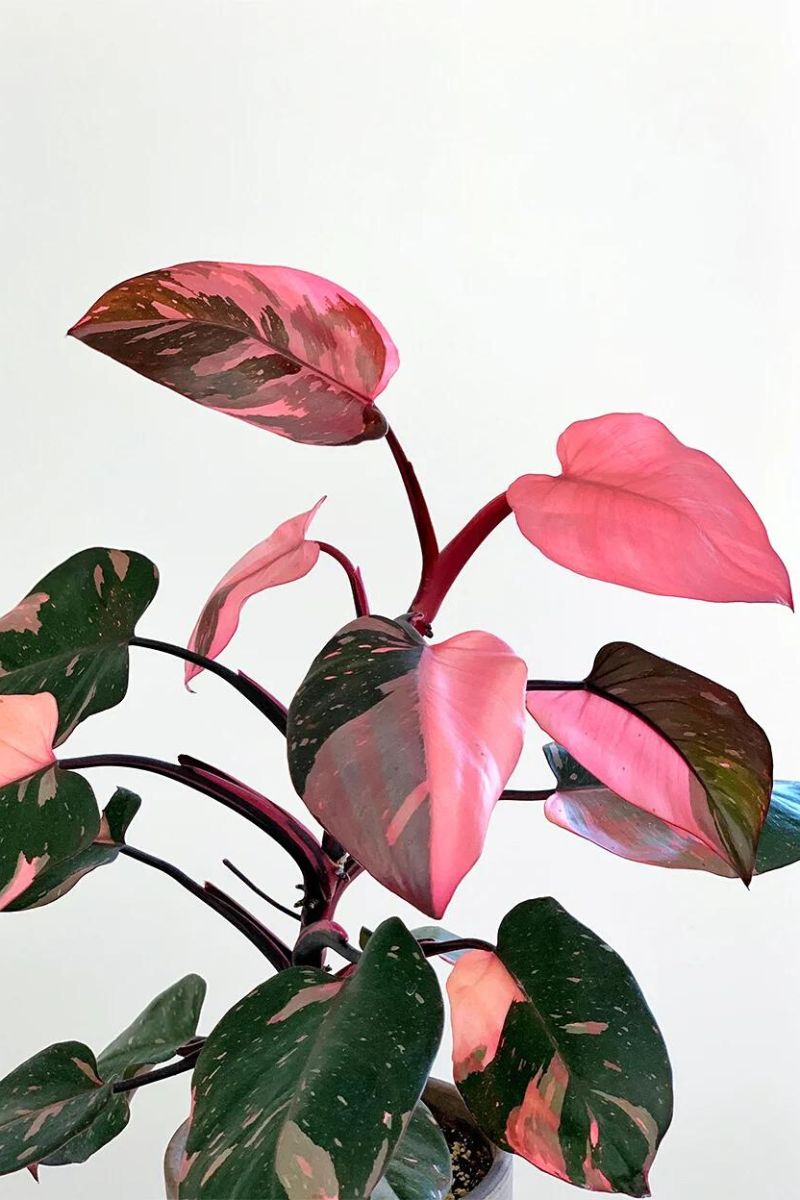
Given that these plants are artificial hybrids that were first observed in the 1970s, the pink crescent-shaped marks are actually the result of a genetic mutation.
Why Is This Plant So Expensive?
Also known as the 'PPP' plant, it has become so expensive because it’s a highly sought-after and beautiful houseplant. However, it’s difficult for growers to produce one with a balanced pink and green variegation, making the variation scarce and occasional. The plant’s popularity and low supply make it so expensive around the world.
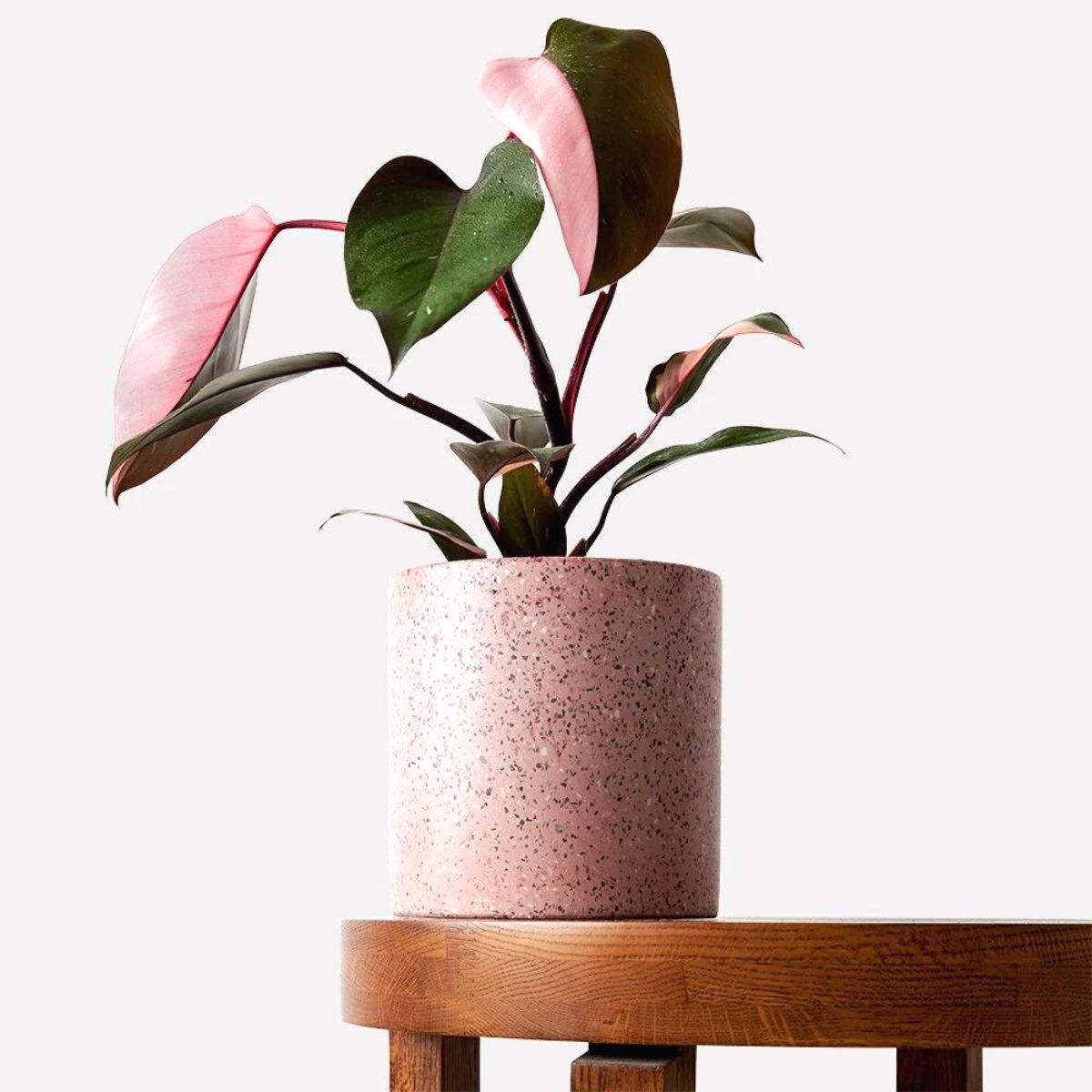
To this day, Philodendron Pink Princess can cost between $45 and $125 for cutting without a pot. Larger varieties of this gorgeous pink beauty sold with matching pots are the most expensive, while reverted plants (with little or no pink spots) are the most inexpensively priced.
How to Care for This Pink Beauty
To make sure that you are maximizing the leaf variegation for the Philodendron Pink Princess rare houseplant, there are a few important considerations to take into account.
The most crucial element affecting how much variegation your pink philodendron will have is how much light it receives. Pick a spot that gets a good amount of bright, indirect light. The Pink Princess Philodendron can withstand a few hours of direct sunshine when cultivated indoors, which can aid in enhancing its variegation.
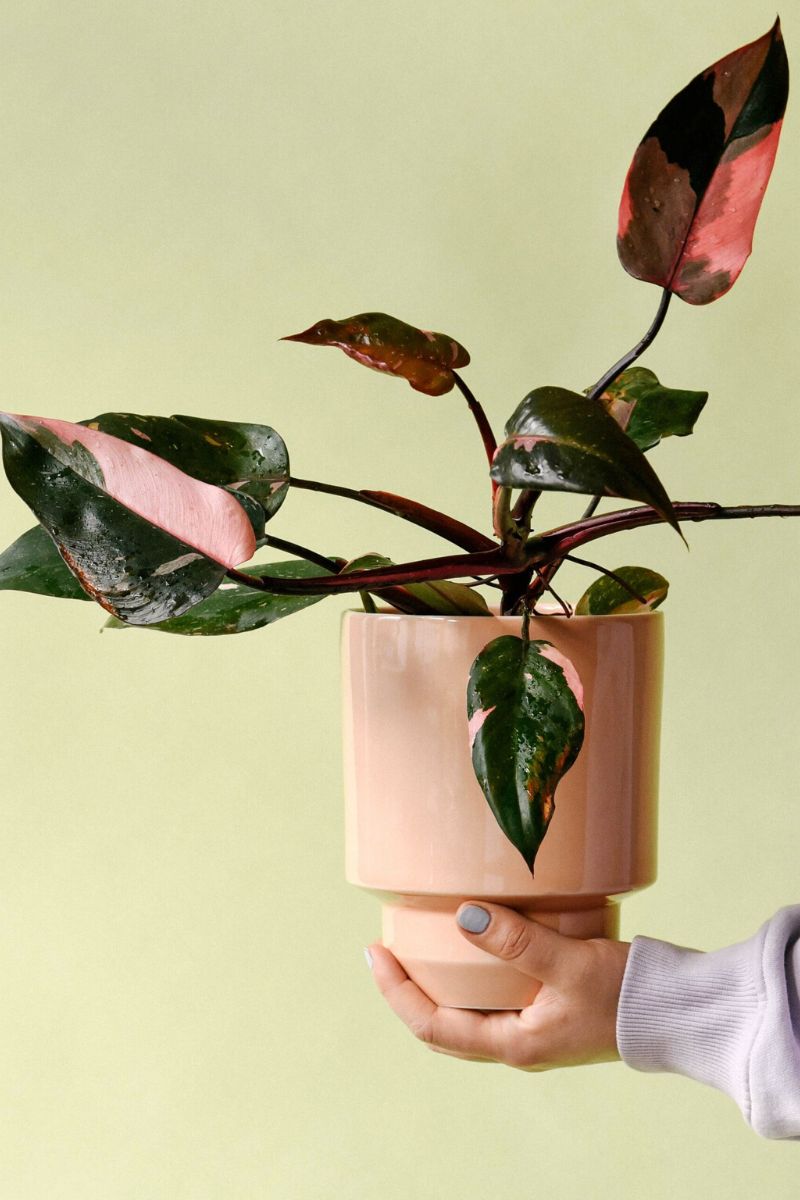
It is advised to purchase a grow light for this plant if you don't have a place in your home that gets enough light. The pink princesses' leaves will quickly start to turn back to green if there is not enough light, and they will lose their gorgeous variegation.
Between waterings, let the top half of the soil dry out, and then water it thoroughly. As they are prone to root rot, make sure your Philodendron Pink Princess is never sitting in wet soil. If you are unsure of whether your pink plant needs water, wait one more day because it is far easier to overwater it than to underwater it.
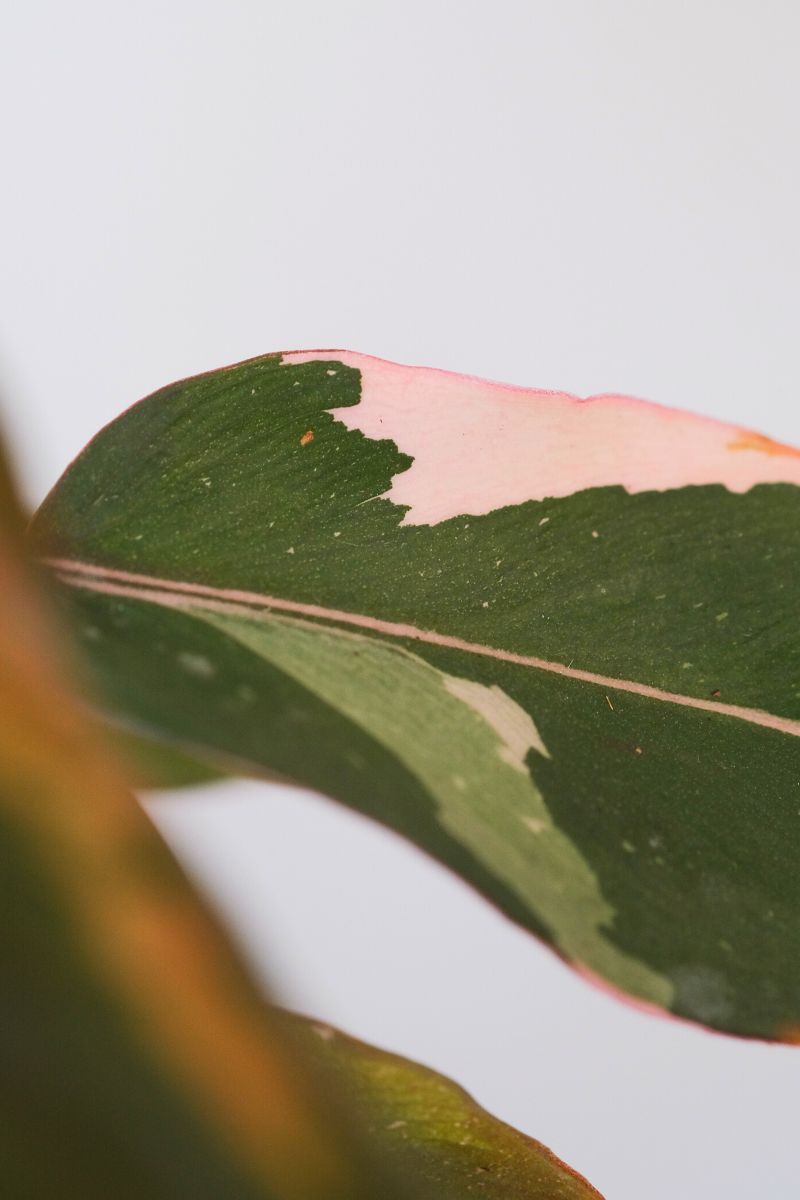
The Pink Princess benefits from regular monthly feedings with a balanced liquid fertilizer during its growing season (spring and summer). As your plant transitions into its dormant season in the early fall, stop fertilizing it.
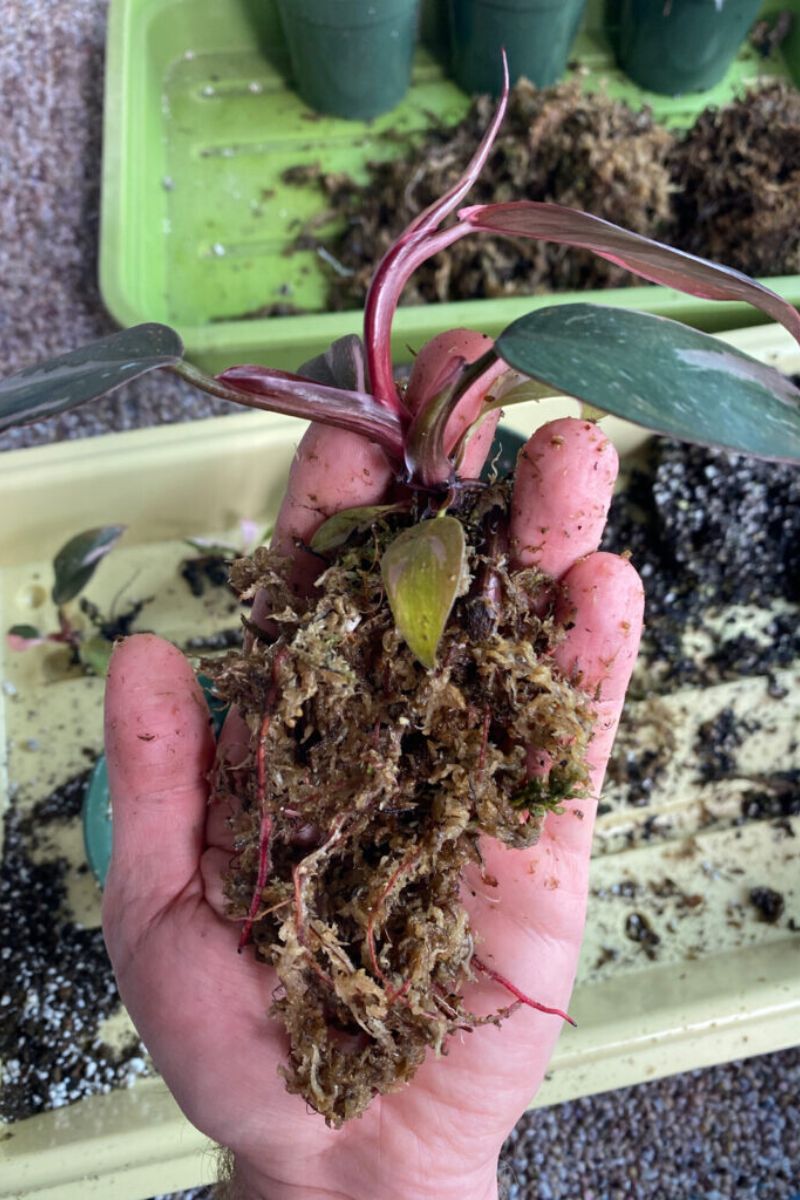
This pink beauty is always set and prepared to add that burst of color to your green plants and overall house ambiance. What better mix than a green and rare variegated pink houseplant?

